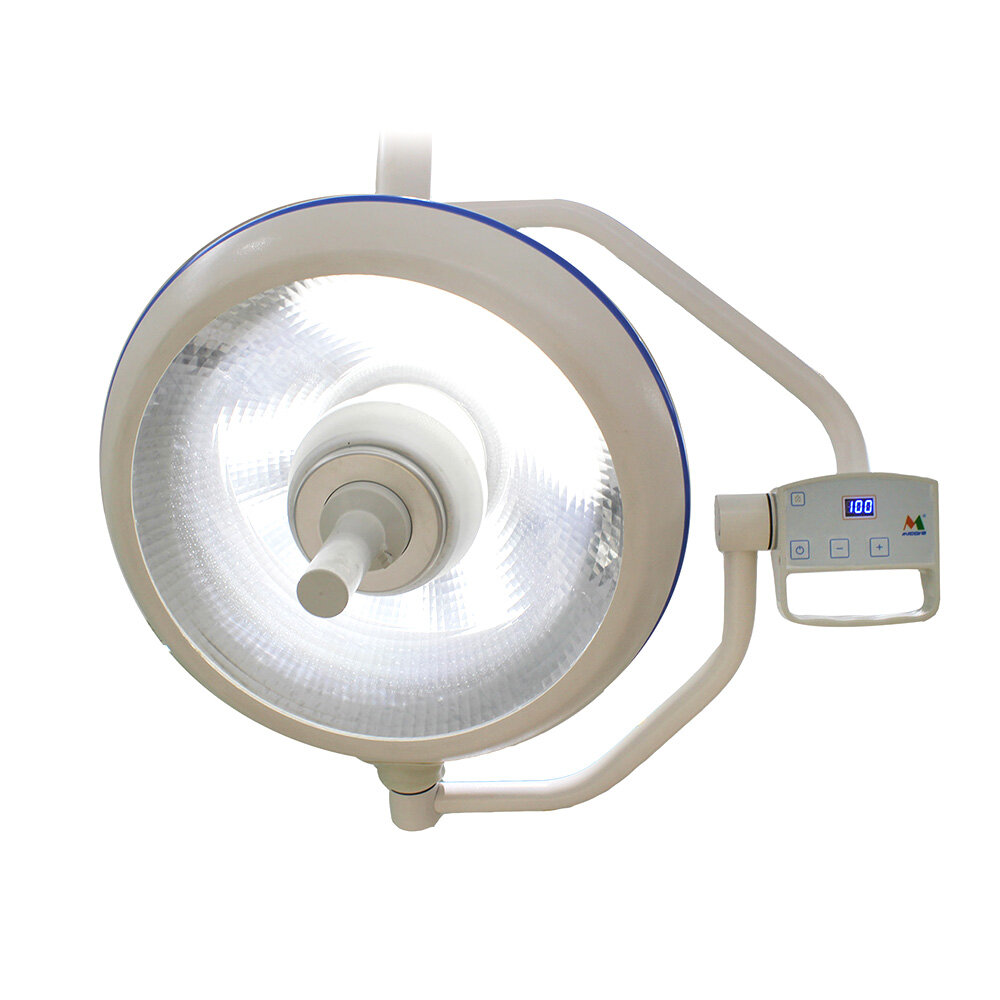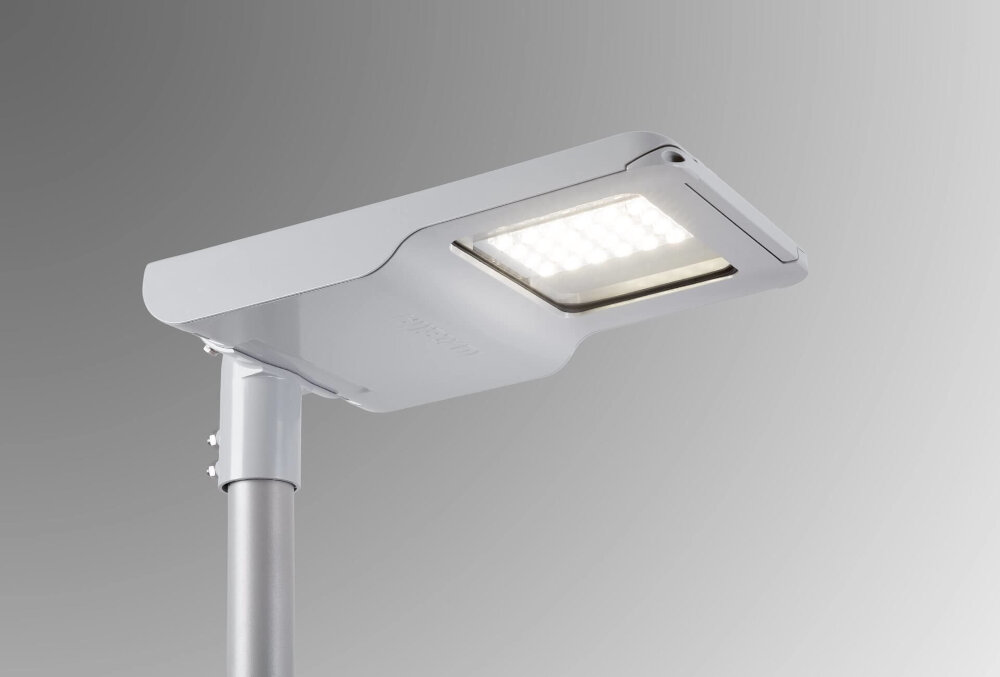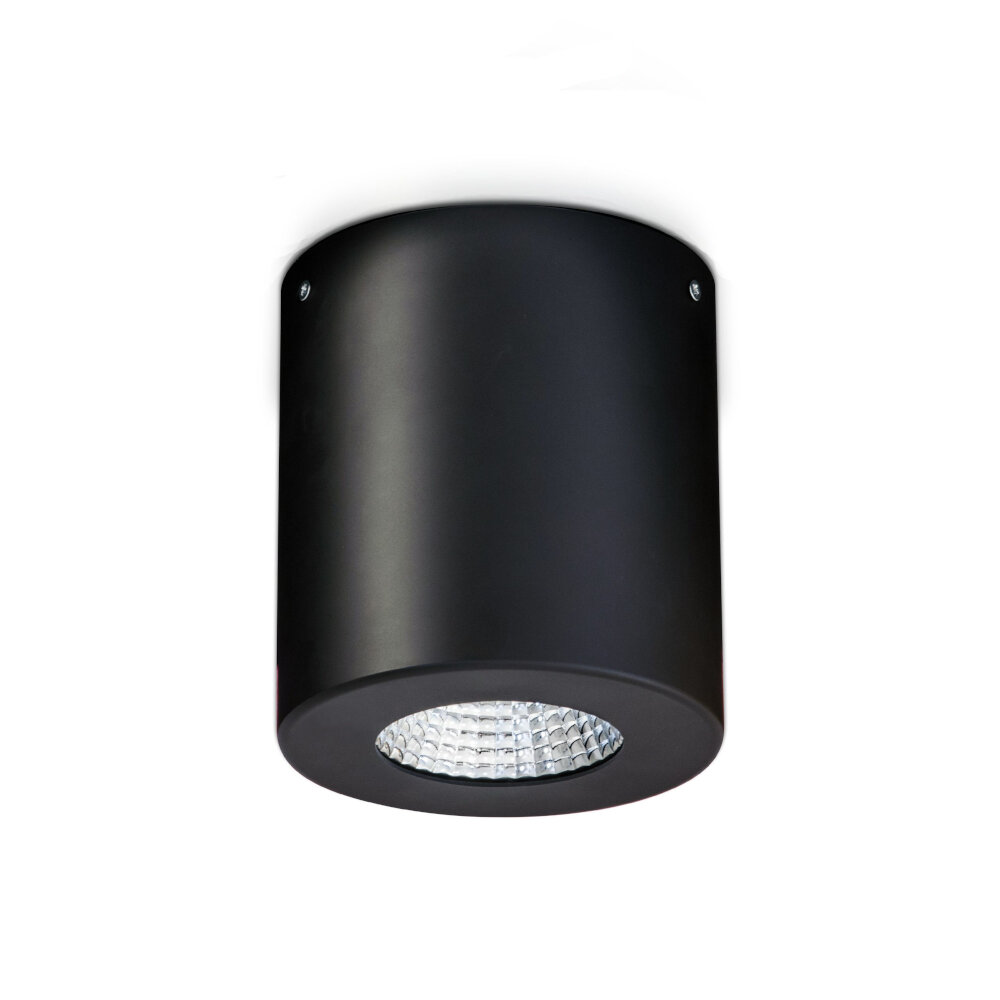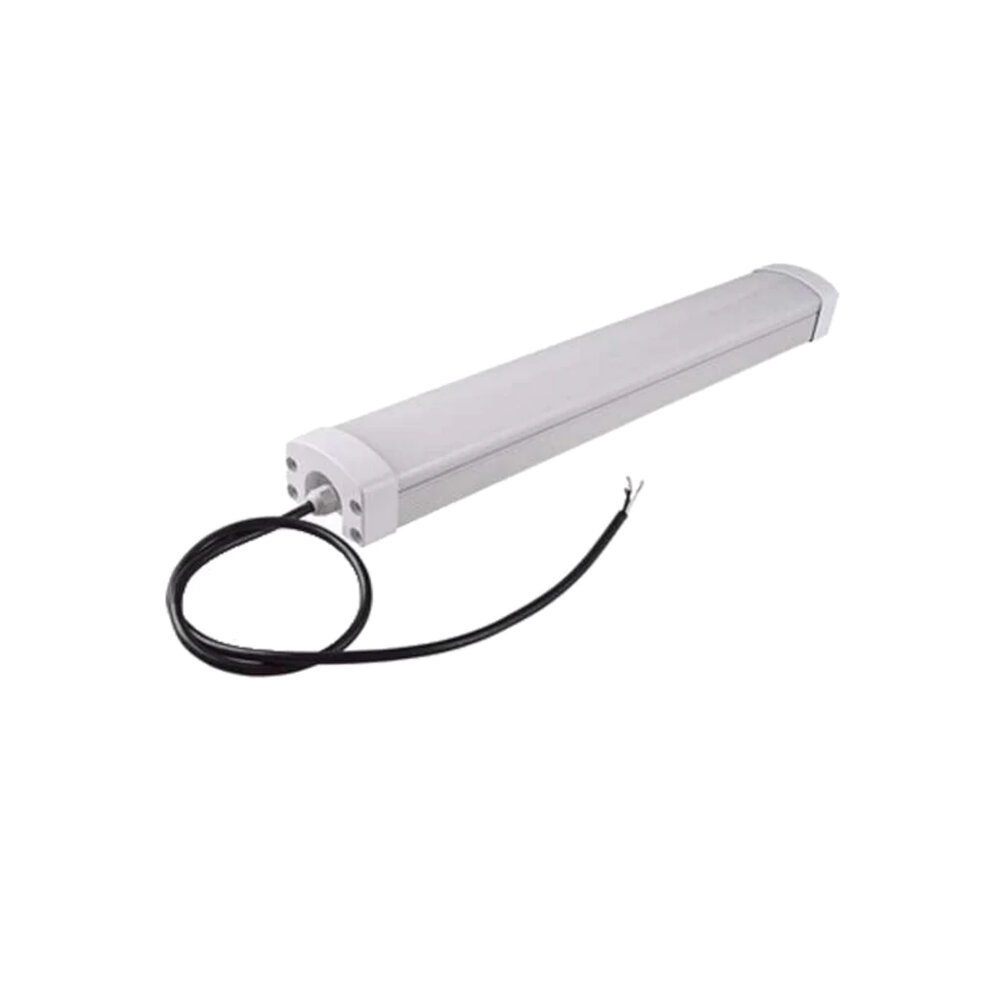Sleep Better with the Right LED Light Color: Discover Which Hue is Ideal for Your Bedroom

Getting a good night’s sleep is essential for maintaining a healthy mind and body. However, there are many factors that can affect the quality of your sleep, including the lighting in your bedroom. While many people may not consider the color of their bedroom lighting, research has shown that the right hue can significantly improve the quality of your rest. In this article, we will explore how different LED light colors can impact your sleep and help you discover which hue is ideal for your bedroom. The type of lighting in your bedroom can affect your body’s natural circadian rhythm, which is responsible for regulating your sleep-wake cycle. Exposure to bright lights, especially those with a blue tint, can suppress the production of melatonin, a hormone that helps you fall asleep. On the other hand, warmer, more amber hues can promote relaxation and help to prepare your body for rest. By understanding how different LED light colors affect your body’s natural rhythms, you can make informed decisions about the type of lighting you use in your bedroom and improve the quality of your sleep.
Sleep is an essential bodily function that allows us to recharge and rejuvenate for the upcoming day. It plays a crucial role in maintaining optimal physical and mental health by regulating our hormones, mood, and cognitive function. However, many people struggle with getting enough quality sleep due to various factors, including exposure to light. Light exposure, specifically blue light emitted by electronic devices and LED lights, can suppress the body’s production of melatonin, a hormone that regulates sleep-wake cycles. This can lead to difficulty falling asleep, frequent waking during the night, and overall poor sleep quality. Therefore, choosing the right LED light color for your bedroom can be a game-changer in improving your sleep quality and overall health.
Understanding the Science of Light

Understanding the science of light is crucial when it comes to creating the perfect ambiance for your bedroom. Light is a form of energy that travels in waves and is made up of particles called photons. The wavelength of light determines its color, and different colors of light can have different effects on our bodies and minds. For example, blue light has a shorter wavelength and can disrupt our circadian rhythms, making it harder to fall asleep at night. On the other hand, warmer colors like red or orange have longer wavelengths and can promote relaxation and calmness, making them ideal for a bedroom setting. To optimize your sleep quality, it’s important to choose the right LED light color for your bedroom. Research has shown that exposure to blue light at night can suppress the production of the sleep hormone melatonin and disrupt our circadian rhythms, leading to poor sleep quality and daytime fatigue. By switching to warmer colors like red or orange, you can create a more relaxing and soothing environment that promotes restful sleep. Additionally, dimming the lights in the hours leading up to bedtime can help signal to your body that it’s time to wind down and prepare for sleep. By understanding the science of light and the effects of different light colors on our bodies, you can create a sleep-friendly environment that helps you get the restful sleep you need to feel your best.
The electromagnetic spectrum is a range of all possible frequencies of electromagnetic radiation. It includes radio waves, microwaves, infrared radiation, visible light, ultraviolet radiation, X-rays, and gamma rays. Light is a form of electromagnetic radiation that occupies a small portion of the spectrum. The colors of the visible spectrum, from red to violet, correspond to different wavelengths of light. Red has the longest wavelength, while violet has the shortest. The wavelength of light affects its color and energy. Blue light, for example, has a shorter wavelength and higher energy than red light. This is relevant to sleep, as exposure to blue light before bedtime can suppress the production of the sleep hormone melatonin, making it more difficult to fall asleep.
Light plays a crucial role in regulating our body’s natural sleep-wake cycle, also known as the circadian rhythm. Different colors of light have varying effects on our body, which can impact our mood, energy levels, and sleep quality. Blue light, for instance, is known to suppress melatonin production, making it harder to fall asleep. On the other hand, warmer colors like red, orange, and yellow have a calming effect on the body, promoting relaxation and better sleep. Therefore, choosing the right LED light color for your bedroom is essential to promote a healthy sleep environment and improve overall sleep quality.
Choosing the Right LED Light Color for Your Bedroom

Choosing the right LED light color for your bedroom can make a significant difference in your sleep quality and mood. Many people don’t realize that the color of their bedroom lighting can affect their circadian rhythm, which is the body’s natural sleep-wake cycle. Blue light, for example, is known to suppress the production of melatonin, a hormone that regulates sleep, making it more difficult to fall asleep. On the other hand, warmer tones like red, orange, and yellow can stimulate the production of melatonin, making it easier to fall asleep and stay asleep throughout the night. When selecting LED lights for your bedroom, it’s important to consider the color temperature, which is measured in Kelvins (K). A lower Kelvin number means a warmer, more relaxing light, while a higher Kelvin number means a cooler, more energizing light. If you’re looking for a relaxing atmosphere in your bedroom, consider LED lights with a Kelvin range of 2700K to 3000K. These warmer tones mimic the natural sunset and can help your body wind down and prepare for sleep. Alternatively, if you prefer a brighter, more energizing atmosphere, LED lights with a Kelvin range of 4000K to 5000K can create a daylight-like environment that can help you stay alert and productive. However, it’s important to avoid LED lights with a Kelvin range of above 5000K in your bedroom, as they can disrupt your circadian rhythm and negatively impact your sleep quality. Ultimately, the right LED light color for your bedroom will depend on your personal preferences and needs, so take some time to experiment with different options to find what works best for you.
LED lights are a great choice for bedrooms due to their energy-efficient nature and their ability to create a relaxing atmosphere. Unlike traditional bulbs, LED lights produce less heat, making them safer and more comfortable to have in your sleeping area. Additionally, LED lights come in a variety of color temperatures, allowing you to choose a hue that matches your desired mood or activity. For example, warm-toned LED lights create a cozy and calming environment, which is perfect for winding down before bedtime. On the other hand, cool-toned LED lights can help you wake up feeling refreshed and energized in the morning. Ultimately, LED lights are a smart choice for anyone looking to create a comfortable and functional bedroom space.
The color temperature of LED lights can significantly impact our sleep quality. Blue light, which is emitted by cool white and daylight bulbs, can suppress melatonin production and disrupt our circadian rhythm, making it harder to fall asleep and stay asleep. On the other hand, warm white and yellow bulbs emit less blue light and can help promote relaxation and a more restful sleep. Additionally, red and amber LED lights are believed to be the most conducive to sleep, as they have the lowest potential to disrupt our body’s natural sleep cycle. In short, choosing the right LED light color for your bedroom can make a significant difference in the quality of your sleep and overall wellbeing.
Choosing the right LED light color for your bedroom can make a huge difference in your sleep quality and overall well-being. To start, it is important to understand the different color temperatures available for LED lights. Warm white (2700-3000K) is a good choice for creating a relaxing and cozy atmosphere, while cool white (4000-5000K) is ideal for a more energizing and focused environment. For bedroom lighting, it is recommended to use warm white or soft white (3000-3500K) as they promote relaxation and better sleep. Additionally, dimmable LED lights can be a great option to adjust the brightness according to your preferences and mood. Keep in mind that choosing the right LED light color is crucial for creating a comfortable and peaceful environment that will help you sleep better and wake up feeling refreshed.
Implementing the Right LED Light Color in Your Bedroom

Getting a proper amount of sleep is essential to maintain a healthy and happy lifestyle. However, many people struggle to fall asleep, and the quality of their sleep is often subpar due to various factors such as stress, anxiety, and even the color of the LED lights in their bedroom. According to research, the color of the light can significantly affect the body’s natural sleep-wake cycle, also known as the circadian rhythm. Fortunately, implementing the right LED light color in your bedroom can help you sleep better and improve the quality of your life. Choosing the right LED light color for your bedroom is crucial because different hues have different effects on the body. For instance, blue light, which is commonly found in electronic devices, can interfere with the production of melatonin, a hormone that regulates the sleep-wake cycle. On the other hand, warm colors like red, orange, and yellow have a calming effect on the body, making it easier to fall asleep. Therefore, it is recommended to use warm-colored LED lights in your bedroom to promote relaxation and a better night’s sleep. Additionally, dimming the lights before bed and using blackout curtains can also create a more conducive environment for sleep.
When it comes to incorporating LED lights into your bedroom, there are a variety of ways to achieve a soothing and restful atmosphere. One approach is to use warm, dimmable LED bulbs in your bedside lamps to create a cozy and relaxing ambiance. Another option is to install LED strip lights along the perimeter of your ceiling or behind your headboard, which can provide a soft and indirect glow. Additionally, using smart LED bulbs that can be controlled with an app or voice command can allow you to adjust the brightness and color temperature of your lighting to suit your needs throughout the day. Ultimately, the key is to choose LED lights that promote a sense of calm and relaxation, helping you to get a better night’s sleep.
If you’re struggling with getting a good night’s sleep, setting up your LED lights can make a big difference. First, choose a warm color temperature of around 2700K to create a cozy and relaxing atmosphere. Avoid blue light, as it can suppress melatonin production and disrupt your sleep cycle. If you need bright light in the morning to wake up, consider using a smart lighting system that gradually increases the light intensity to mimic a sunrise. Additionally, avoid using your phone or computer before bed, as the blue light emitted from these devices can also interfere with your sleep. By making these simple adjustments to your LED lighting, you can create a sleep-friendly environment that will help you wake up feeling refreshed and ready to take on the day.
Other Tips for Better Sleep

In addition to choosing the right LED light color for your bedroom, there are several other tips you can follow to improve your sleep. Firstly, it is important to establish a regular sleep routine, going to bed and waking up at the same time every day. This helps regulate your body’s natural sleep-wake cycle, making it easier to fall asleep and wake up feeling refreshed. Additionally, it is important to create a relaxing sleep environment. This can include keeping your bedroom cool and quiet, using comfortable pillows and bedding, and reducing clutter and distractions. Avoid using your phone, laptop, or other electronic devices in bed, as the blue light emitted by these devices can interfere with your body’s production of melatonin, a hormone that helps regulate sleep. Another important tip for improving sleep is to engage in regular exercise. Exercise can help reduce stress and anxiety, which are common culprits of disrupted sleep. However, it is important to avoid exercising too close to bedtime, as this can actually make it harder to fall asleep. Instead, aim to exercise earlier in the day, ideally in the morning or early afternoon. Finally, it is important to be mindful of what you eat and drink before bed. Avoid consuming caffeine or alcohol in the evening, as these substances can interfere with sleep. Instead, opt for a light snack or a warm, caffeine-free beverage like herbal tea to help relax your body and prepare for sleep. By following these tips, you can improve your sleep and wake up feeling rested and rejuvenated.
In addition to the color of light in a bedroom, other factors can impact the quality and duration of sleep. Noise levels can significantly affect sleep, as loud sounds can disrupt the sleep cycle and cause awakenings throughout the night. Therefore, it is important to minimize noise in the sleeping environment, whether it be through soundproofing the room or using earplugs. Temperature is another factor that can impact sleep, as a bedroom that is too hot or too cold can make it difficult to fall and stay asleep. Ideally, the bedroom temperature should be between 60-67 degrees Fahrenheit for optimal sleep. By considering these additional factors, individuals can create a sleep-conducive environment that promotes restful and restorative sleep.
Creating a sleep-friendly environment in your bedroom is essential for getting a good night’s rest. One of the most important things you can do is to choose the right LED light color for your bedroom. Soft, warm colors like yellow, orange, and red are ideal for promoting relaxation and sleep. Avoid using bright, cool tones like blue and white, which can interfere with the production of melatonin, the hormone that regulates sleep. It’s also important to minimize noise and distractions in your bedroom, and to keep the temperature cool and comfortable. Investing in comfortable bedding and a supportive mattress can also help you get a better night’s sleep. By making these simple changes, you can create a peaceful, calming environment that is conducive to restful sleep.
Sleep is essential for our physical and mental well-being, and it is crucial to get enough quality sleep every night. Exposure to bright light, particularly blue light, can disrupt our sleep-wake cycle and lead to poor sleep quality. However, LED lights can help improve our sleep quality by emitting warm colors, such as red, orange, and yellow, which promote relaxation and calmness. Using LED light bulbs with warm hues in your bedroom can create a cozy and inviting atmosphere that encourages restful sleep. It’s important to choose the right LED light color that suits your needs and preferences to ensure a good night’s sleep.
In conclusion, LED lights can significantly impact the quality of sleep you get. By choosing the right color temperature, you can create a relaxing ambiance that promotes better sleep. Incorporating warmer hues like red, orange, and yellow can help stimulate melatonin production, while cooler hues like blue and green can suppress it, leading to a disrupted sleep cycle. It is recommended to use dimmer switches or smart bulbs that can adjust the brightness and color temperature to your preferences. Additionally, limiting screen time before bed can also help improve sleep quality. By implementing these simple recommendations, you can transform your bedroom into a sleep-friendly environment and enjoy a better night’s rest.
Conclusion

In conclusion, the color of LED light in your bedroom can significantly impact the quality of your sleep. While blue light can suppress melatonin production and disrupt your circadian rhythm, warmer hues like yellow and orange can promote relaxation and improve sleep quality. It’s important to choose the right LED light color for your bedroom based on your personal preferences and lifestyle habits. By making this simple adjustment, you can create a more comfortable and restful sleep environment, leading to better overall health and well-being. So, go ahead and experiment with different colors to find the perfect hue for a good night’s sleep.




